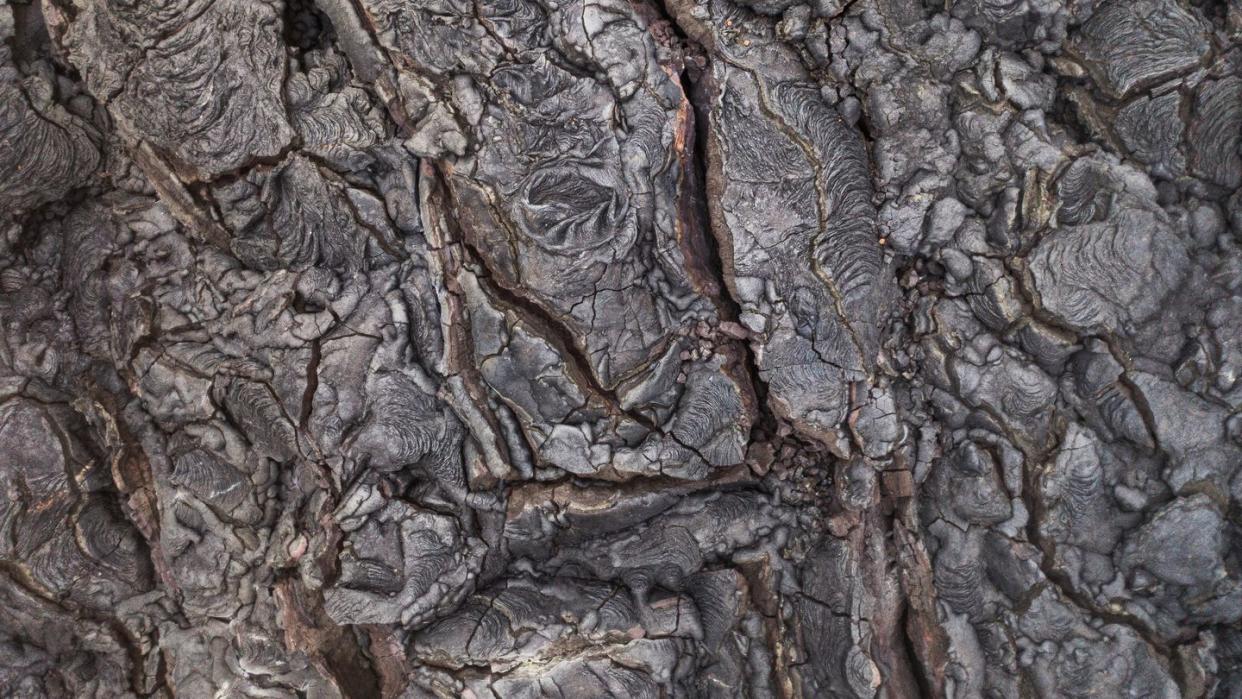A Geological Adventure Uncovered Ancient Chunks of Earth Hiding in Crystals

Analyzing river sand from a remote region of Finland has now shown that Scandinavia’s geological foundation was likely born in Greenland.
The new data implies that Scandinavia is 250 million years older than originally thought.
By tracing the chemical fingerprint of the Finnish river sand, researchers discovered that Scandinavia originally broke off Greenland.
A scientific study out of Copenhagen borrowed a script from a Maury Povich talk show, and now we know the real birthplace of Scandinavia. And it isn’t what we thought.
Thanks to the chemical fingerprint of river sand and rock samples from a little-studied remote region of Finland, a team of researchers from the University of Copenhagen were able to show that not only is the Fennoscandian geological region—which includes Denmark, Sweden, Norway, and Finland—roughly 250 million years older than previously thought, but the entire region was born in Greenland.
“The zircon crystals we found in river sand and rocks from Finland have signatures that point toward them being much older than anything ever found in Scandinavia, while matching the age of Greenlandic rock samples,” Andreas Petersson, researcher at the university’s Department of Geosciences and Natural Resource Management, said in a statement. At the same time, the results of three independent isotope analyses confirm that Scandinavia’s bedrock can most likely be linked to Greenland.
By scouring the remote Pudasjärvi and Suomujärvi regions of Finland—an outcrop nestled between some of Northern Europe’s oldest mountains—and analyzing the geochemistry tracers uranium-lead, lutetium-hafnium, the team was able to date the crystals and tie them to Greenland’s crust. The researchers published their study in Geology, saying that the “foundation” on which Scandinavia rests was likely “born” from Greenland about 3.75 billion years ago. That’s 250 million years earlier than commonly believed.
The researchers believe that the Fennoscandian region broke away from Greenland as a “seed,” and shifted for hundreds of millions of years until it “took root” where Finland is today. Then, the plate grew around it, amassing new geological material in the process and giving us modern-day Scandinavia.
The makeup of the world at the time would have made this feasible, the team claims. “Earth was probably a water planet, like in the movie Waterwold, but without any oxygen in the atmosphere and without emergent crust,” Tod Waight, geologist in the Department of Geosciences and Natural Resource Management, said in a statement. “But, because that’s so far back in time, we can’t really be sure about what it actually looked like.”
The researchers believe that understanding how continents formed may help us comprehend why Earth is the only planet in the Solar System with life. Even the fact that our continental crust includes granite is unique when compared to other planets. “Evidence of liquid water and a granite crust are key factors when trying to identify habitable exoplanets and the possibility of life beyond earth,” Petersson said.
The study also offers a fresh way of thinking about how the continents grew in early days. “The most commonly used models assume that Earth’s continental crust began to form when the planet was formed, about 4.6 billion years ago,” Waight said. “Instead, our and several other recent studies suggest that the chemical signatures showing growth of the continental crust can only be identified about a billion years later. This means that we may need to revise much of what we thought about how early continents evolved.”
The team states that ‘seeds’ forming ancient crusts occurs across the world, and provides fresh clues each time.
“But there is still plenty that we don’t know,” Waight said. “In Australia, South Africa, and India, for example, similar seeds have been found, but we’re unsure of whether they all come from the same birthplace, or whether they originated independently of one another in several places on Earth.”
Get the continental paternity tests ready.
You Might Also Like


